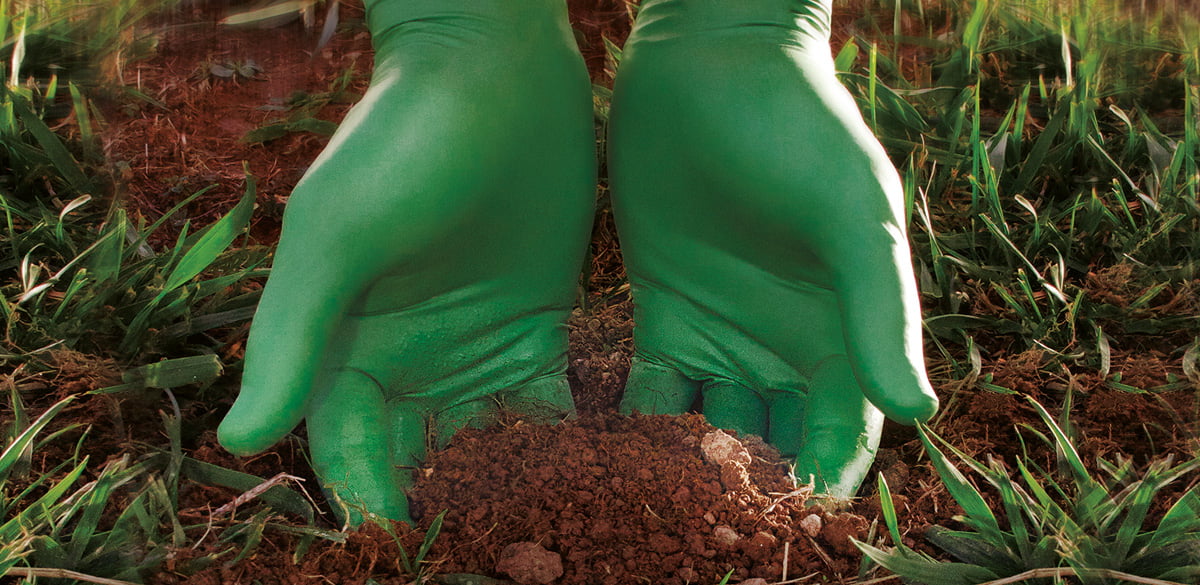Featured News - Current News - Archived News - News Categories
Understanding ASTM D5511 & ASTM D5526 Biodegradable Standards
by mdsassociatesUnderstanding ASTM D5511 & ASTM D5526 Biodegradable Standards
 With increasing demand for eco-friendly products, some manufacturers opt to label products as "biodegradable" as it requires no certification.
With increasing demand for eco-friendly products, some manufacturers opt to label products as "biodegradable" as it requires no certification.
Many of these manufacturers get away with this term even when it takes years or decades to fully break down. This is known as "greenwashing" where environmental benefits are implied but the claims don’t match what the consumer believes they’re getting.
As a response to the overwhelming amount of plastic waste and the growing climate crisis, new proprietary additives are changing the future of disposable hand protection. These additives are being used to treat single-use nitrile gloves so they break down or biodegrade in natural elements such as landfill at much faster rates than conventional nitrile gloves, which could require 200+ years to fully decompose.
To help environmentally responsible companies achieve sustainability goals and ensure consumers that they're buying sustainable hand protection with verified product claims, there are two accepted and respected methods for testing and certifying the biodegradability of single-use nitrile gloves.
ASTM D5511 (short-term test) and ASTM D5526 (stringent, long-term test) certifications were established by the ASTM (American Society for Testing and Materials) to determine the anaerobic biodegradation of plastics in accelerated landfill conditions. Biodegradation should be validated by third party testing such as GreenCircle®.
Not all biodegradable gloves are created equal. If you’re shopping for biodegradable hand protection, be sure to consider and compare the length of time it takes the gloves to fully decompose and look for a third party certification.
__________________________________________________________________________________________



